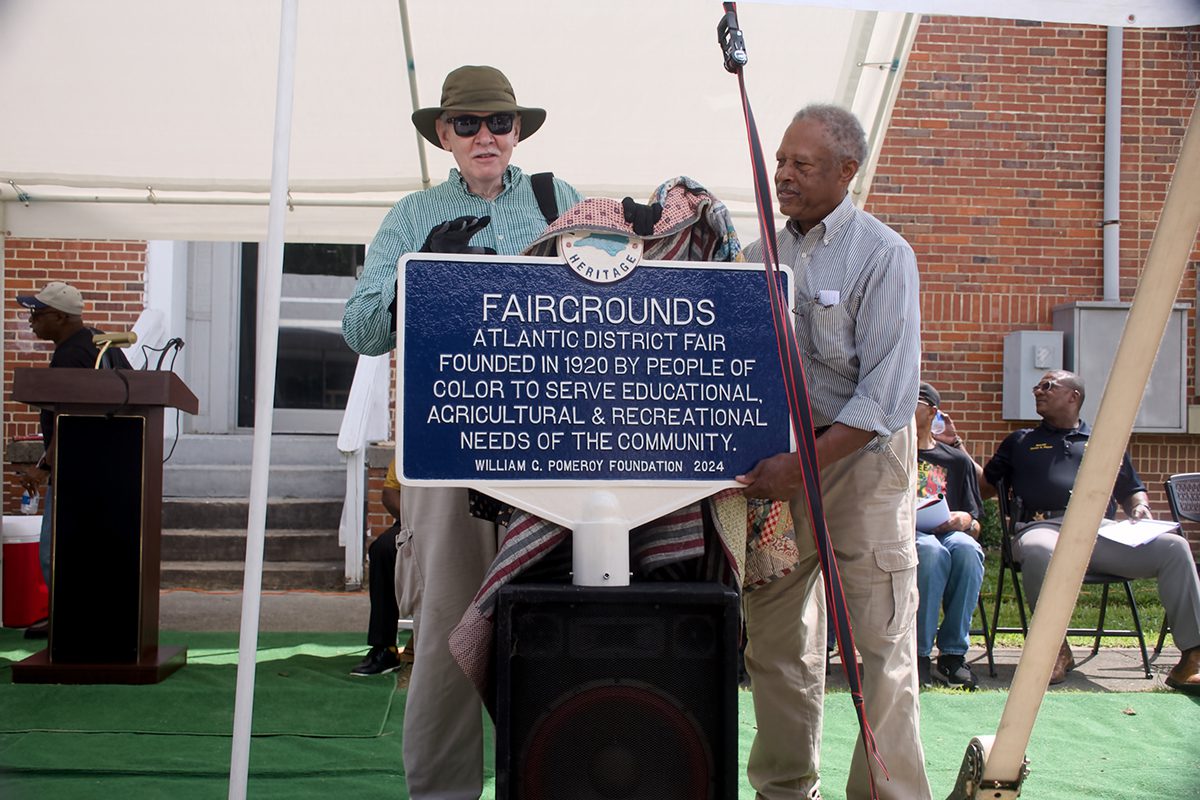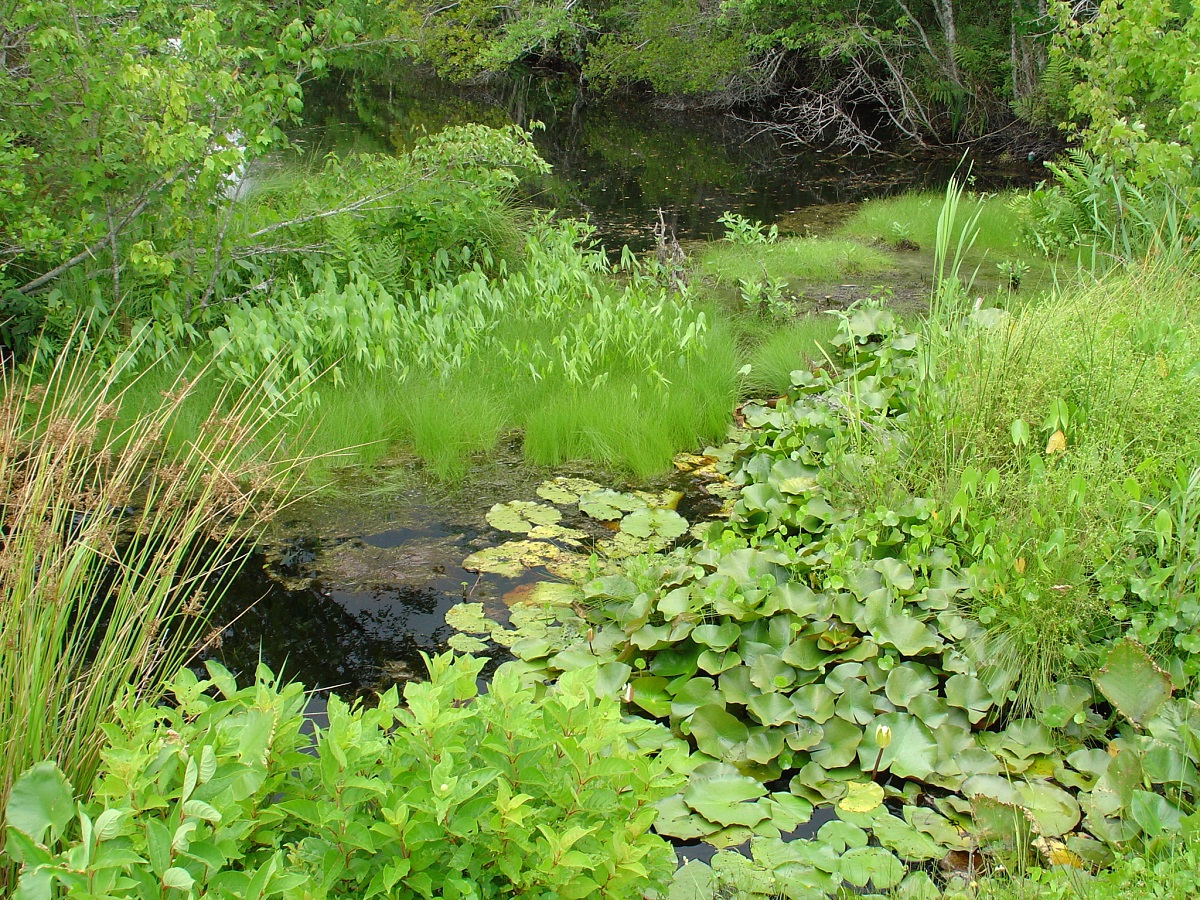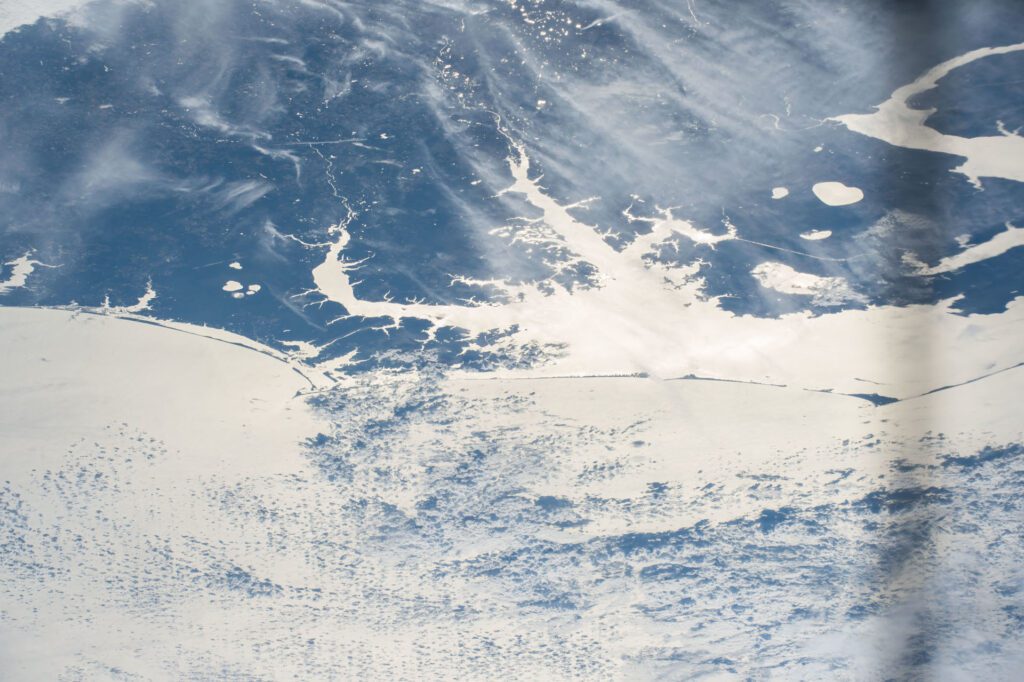
Two scientists in the Raleigh-based North Carolina State Climate Office were curious about how land, weather and water have shaped the geology, cultural history and climate of the coastal plain.
Associate Director Dr. Sheila Saia and Assistant State Climatologist Corey Davis, in collaboration with N.C. State’s Coastal Resilience and Sustainability Initiative, decided to take a deep-dive into the topic and find out.
Supporter Spotlight
To do this, they interviewed more than a dozen experts on topics like oceanography, geography, anthropology and climate science, then took what they learned and wrote the series, “Our Curious Coast” that they published in the office’s Climate Blog.
The series is broken up into the following five blog posts: geography and coastal climate, soils and agriculture, the ocean and our coastline, rivers and wetlands, and adaptation and resilience.
The series along with other weather and climate news written over the last decade are on the State Climate Office’s website.
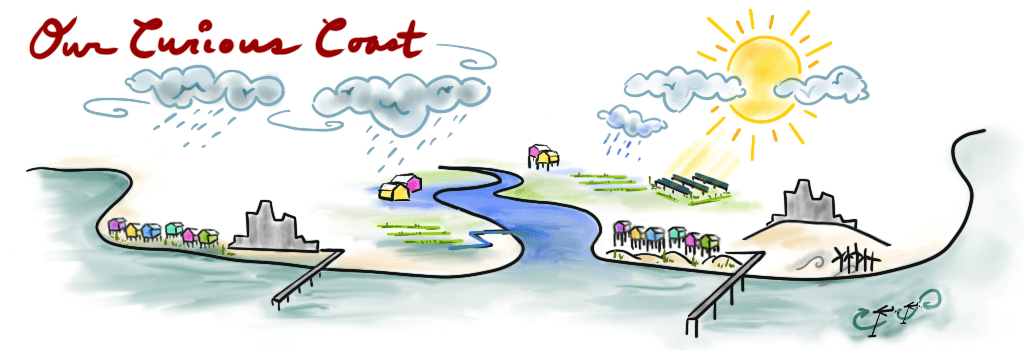
Saia and Davis presented their findings during the recent N.C. Water Resources Research Institute annual conference at N.C. State University’s McKimmon Center in Raleigh.
For two days in March, professionals, students, consultants, local, county and state representatives and others shared new research, restoration, planning, stormwater management, hydrology, community engagement and more water-related topics. WRRI is a federal/state partnership funded by U.S. Geological Survey and the UNC System. Susan White is executive director of WRRI as well as for N.C. Sea Grant. The two programs regularly partner together, including on the conference.
Supporter Spotlight
Davis began the presentation by explaining that the climate office is a public service center for North Carolina, which means “we try to provide data or information or decision support” to answer weather- and climate-related questions.
One way the office does this is through its Climate Blog, he said, calling it a “timely avenue” to share weather news, monthly climate summaries and recaps of big events, both now and in the past.

“I really do think they’re very readable, very accessible, and actually may be a little bit fun,” he said, and, occasionally, they pursue a topic, which is how the series on the coast came to be.
Davis told Coastal Review last week that the “Our Curious Coast” series first started taking shape around seven or eight years ago as the result of discussions within the office.
“At that time, we realized there were some things we didn’t know about the coastal plain in North Carolina, like whether the cold Labrador Current actually makes it all the way to our northern coastline. As we learned from oceanographers we talked to for the series, it doesn’t,” Davis said. “That idea sat on the back burner for a few years, but when we brought on a new associate director, Dr. Sheila Saia, she and I revisited the idea, and with her background and connections within the hydrology and water resources sectors, it felt like the right time to finally write those posts.”
The series gave them a chance to step back from only talking about the weather, and allowed for a deeper dive that began with answering the question, “What do we mean by ‘coastal plain?’”
Davis said they use the term in practically every blog post, “but it felt kind of enlightening, both for us and for our readers, to actually explain what it is and where it is and why it is the way it is.”
According to the blog, the term, “coastal plain,” itself, “says a lot about what it is: coastal, because it’s adjacent to the ocean; a plain, because it’s broad, flat land that gradually decreases in elevation until it dips beneath the waves at the ever-shifting shoreline.” But the definition doesn’t stop there. The blog delves into the specifics of what makes the coastal plain … the coastal plain.
After defining the term, Davis said they could then write about how its geography affects the climate, and vice versa, like winds and waves and storms shifting and eroding barrier islands. And how those factors presented opportunities and challenges for human civilizations, from the earliest Native Americans to the cities and communities that dot the region today.
Davis said they knew it would take a lot of work to write the posts well, from identifying experts who could answer questions and organizing that information into readable blog posts. It took several months but he thought the end result was well worth the effort.
“One of the best parts, which we heard in the feedback, was that these posts were getting seen and read by a very broad audience. There were people in climate science, in earth science, in agriculture, in oceanography — all the same topics we covered in the posts — who read and shared them with their own circles, and it seemed like we were able to pretty seamlessly connect all of those areas within the context of the coast of North Carolina,” he said.
Saia said during the conference that the hope was that the reader takes away from the series a sense of how water is important to the coastal plain in terms of climate, geology, geography and to the communities that live there, and that in the face of climate change, water poses a threat to these communities.

“We spoke a lot about how communities are actively preparing and responding to and preparing for the future,” she said. Many of the experts really emphasized the importance of community engagement and involvement.
The office has been producing the climate blog for more than a decade and the goal is the same today as it was then, Davis said.
As editor, he wants to include interesting, informative content that is accessible to anyone and available in a timely way — within a day or two after the month ends, or after a big weather event happens — “to put our weather and climate into perspective.”
While the climate blog is only one of his duties, Davis said it is a high priority, knowing that people rely on that information. The office’s director has been a big supporter as well and “that support and growth were among the reasons why we felt like we could do something a bit different and more ambitious like the ‘Curious Coast’ series.”
Davis began working with the climate office as an undergraduate intern in 2008. At that time, the staff was producing a monthly newsletter with summaries and statistics about the previous month’s weather.
The main issue with the monthly newsletter was timing. “For instance, if a hurricane came through in the beginning of August, our August summary might not go out until the middle of September, more than a month later. By switching to a blog format, we could more easily push out information anytime we wanted to, without being bound by the limits of the newsletter format,” Davis said, adding that another big factor in starting the blog was “my own procrastination.”
During the fall of 2012, when he should have been engrossed in his master’s research, he said he be drawn into climate-related side conversations with co-workers and other grad students.
“Several times we found ourselves wishing we could share that information with a wider audience — beyond even scientists, and going all the way to the general public — and a blog, again, seemed like a great way to do that,” Davis explained.
Near the end of 2012, the office launched the Climate Blog and published its first winter outlook series, which “encapsulated everything we wanted from the blog,” he said, including “explaining concepts like El Niño or La Niña and their impacts on North Carolina in ways that anyone can read and understand.”
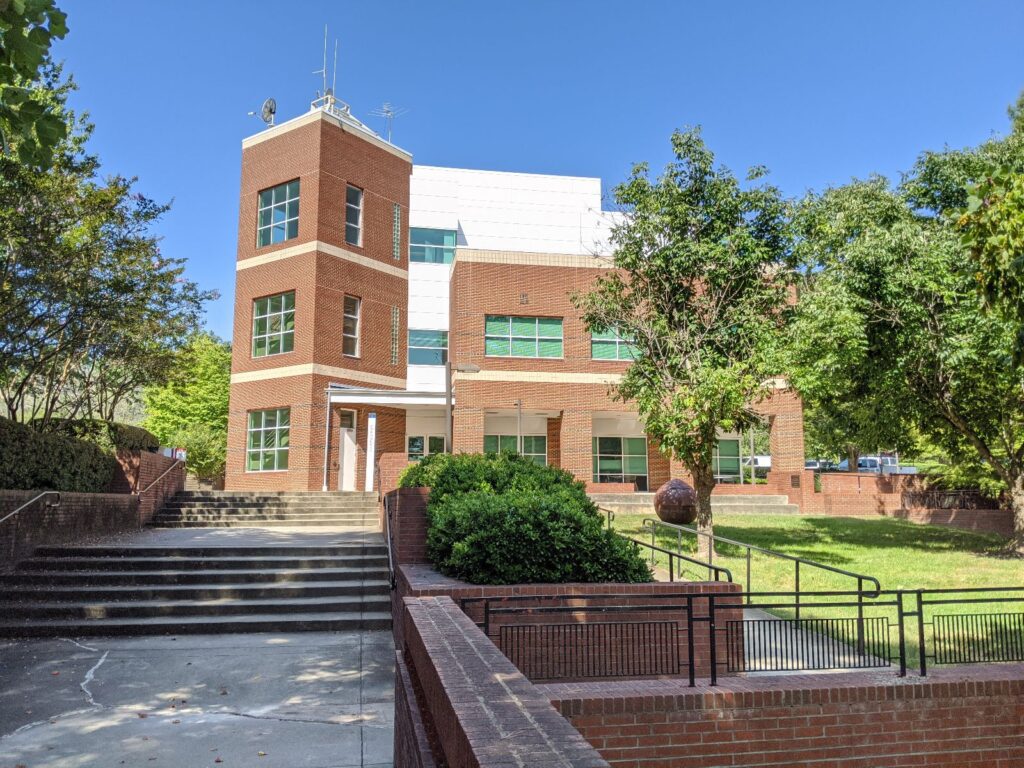
One challenge is balancing when and how much to simplify information for some readers without making it feel too simple for others.
“I think we have found a nice balance since we hear great feedback from both the public, like grandmothers who heard about the blog from their gardening club, and from other atmospheric scientists. The National Weather Service and North Carolina Emergency Management have both told us that they really appreciate the blog because it puts our weather into a historical context, and because our turnaround time in getting those summaries ready is so quick,” he said.
Davis added that they publish winter outlooks every year, “and I think that has become our most highly anticipated content. Starting in October or early November, we’ll get questions about when our winter outlook is coming out. It’s usually the week before Thanksgiving, by the way.”
Though some of the blog’s content, like the monthly climate summaries and winter outlooks, are standard, Davis said he tries to find ways to keep those posts feeling fresh “so every hot July doesn’t sound exactly the same as the one before it.”
The Climate Blog has featured a few other series including the 2019 “Stormy Summer” series that looked at several notable hurricanes.
“One of my favorite parts of that series was talking to and telling the stories of people who experienced those events first-hand. That sort of narrative format served as an inspiration for the ‘Curious Coast’ series as well, since I think it’s more meaningful to hear directly from people at the heart of an issue than to read a paraphrased version of their comments,” he said.
Davis said that with this year is the 20th anniversary of Isabel, and the fifth year since Florence, they’re working out how to tell the stories of both events. His plans are talk to those who experienced these storms and their impacts, and then share that with readers.
He finds the storytelling aspect of the blog to be valuable because “any given day or month or weather event is more than just the data that describes it. It’s also how we personally experience it, and the impacts it has on our society. I like to think that the blog gives the best of both. It captures the essence and importance of the data but wraps it in the story of how it evolves over time and how it affects us. I think — or hope — that’s the unique perspective that the Climate Blog is able to give that you might not find from many other sources.”
Davis has an obvious passion for creating accessible science content for all readers.
“Science communication, when done well, is always rewarding because it feels like you’re unlocking peoples’ brains to new knowledge or understanding. It’s especially rewarding when you can do that with a technical topic,” Davis said. “To some people, science can seem like a totally different language, so this style of writing is like being a translator and giving meaning or context or a cause-and-effect relationship to those technical things, whether it’s what La Niña is or how climate change affects us locally.”




